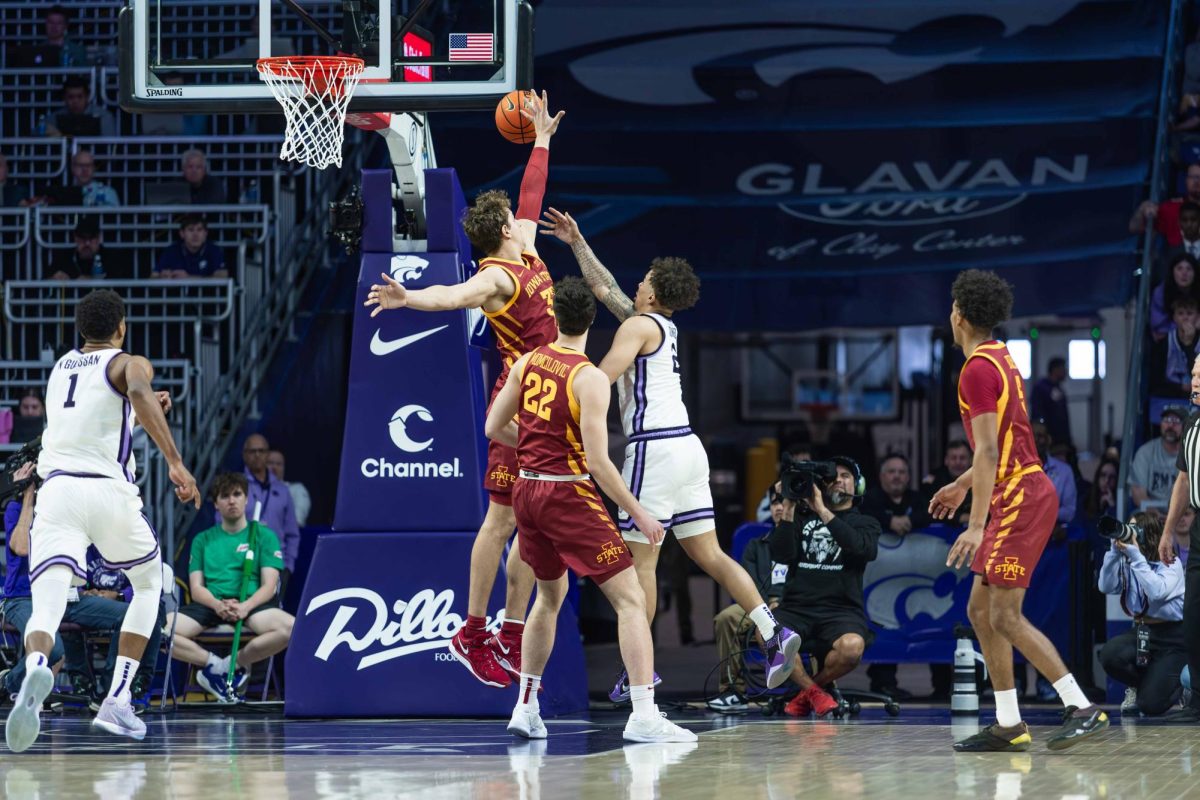Student leaders praise low proposed tuition increase
September 20, 1995
Student leaders from the three state universities expressed appreciation to the state Board of Regents for their recommendation of the lowest tuition increase in 14 years at the Regents’ monthly meeting in Iowa City on Wednesday.
The proposed increase would raise 1996-97 tuition by 3.6 percent for resident undergraduates and 3.5 percent for nonresident undergraduates at Iowa State.
The hike would amount to an average increase of $92 a year per student.
This is the smallest percentage increase since the 1981-82 school year, when the Regents started setting tuition rates on an annual basis.
“I would like to thank you all for your consideration in the rate increase,” said Jennifer Sulentic, vice president of ISU’s Government of the Student Body.
Board President Marvin Pomerantz said he hopes student leaders will remember this year’s low tuition hike if the Regents implement larger increases in future years.
Sulentic did question the Regents, however, about the cost of educating out-of-state students.
“The trend is that they are paying more than the unit cost to educate them,” she said. “Is it possible we are overcharging them?”
ISU President Martin Jischke also spoke to the Regents about two alternative budgets the university was forced to submit. The proposals call for deep cuts in spending.
With the most drastic of the two budgets, the university would have to absorb about $11.3 million from the loss of state appropriations. The budget would require salary cuts, layoffs and would probably prompt the closing of several academic departments.
“Because we would have fewer state dollars from which to operate with … because of covering those costs, that would leverage itself to over $20 million, because we would serve fewer students and we would have less tuition income,” Jischke said. “The total cost to the university would exceed $20 million, which is significant.”
In the worst case scenario, Jischke said the cuts would force the elimination of 250 faculty and staff jobs, the loss of 1,600 students, the loss of six academic departments and the closing of three or four research centers.
“It would be dramatic; it would be significant, and it is my judgment that our current strategic plan in [our] aspiration to be the best land grant university in the country would not be feasible,” Jischke said. ” We would have to go back to the drawing board and rethink where we are headed in the future.”
In other business, R. Wayne Richey, executive director of the Regents, gave the annual report on student financial aid. He said that in the 1990-91 school year, about 30 percent of financial aid came in the form of grants.
Richey said that figure decreased to about 26 percent by the 1994-95 school year. Accordingly, student loans accounted for 45 percent of student aid in 1994-95, up from about 33 percent in 1990-91.
Richey said the Regents should make it possible for students to attend state universities without much debt.






